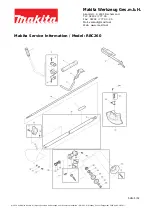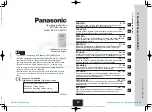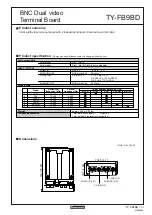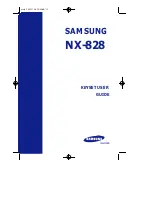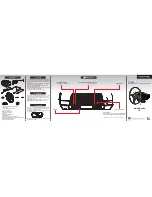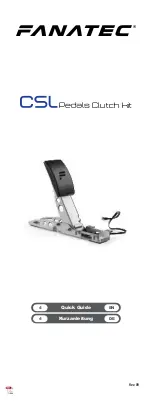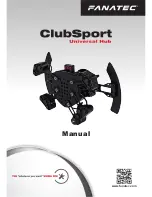
50
16 Notes on parameter setting via IO-Link
On delivery the unit is not operational.
During set-up, valid basic settings have to be sent to the device once even if the
default settings correspond to the connected device. Make sure that the basic
settings are entered correctly according to the attached probe and the medium to
be detected.
16.1 Application example
► Enter probe length (parameter [LEnG]). Example: [LEnG] = [1000] mm.
►
Scale analogue output (parameters [ASP2] and [AEP2]; [AEP2] must at least
be 20 % greater than [ASP2]!). Example: [AEP2] = [970] mm.
►Alternatively: Set parameter [ou2] to [H..] or [F..].
► Select the medium (parameter [MEdI]). Example: [MEdI] = [MId].
• [HIGH] = For water and water-based media. Operating mode is optimised for
suppression of deposits on the probe.
• [MId] = For water-based media and media with a mean dielectric constant
value. Operating mode is optimised for media with increased foam build-up.
• [LOW] = For oils and oil-based media.
►
Transfer the sensor data to the unit.
►
Carry out tank adjustment depending on the installation (parameter [tREF] or
button "TEACH_TANK_REF").
If the adjustment distance (parameter [RefDist]) is to be adapted, this individual
parameter has to be sent to the sensor first. Then the tank adjustment can
be carried out. Select the adjustment distance according to, for example, the
height of connection pieces or the position of structures in the tank. Within the
adjustment distance, starting from the process connection, interfering reflections
are compensated. Example: [RefDist] = [50] mm.
►
Now all other settings can be carried out.
Only if data storage is required in an IO-Link application:
The tank adjustment is not saved via IO-Link. After a unit has failed it must
be carried out again. Only when the tank adjustment has been carried out
successfully does the unit revert to the cyclical process data transmission.

















